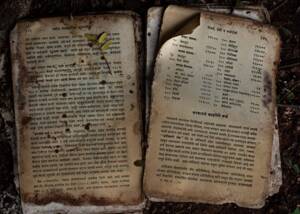Plasterboard - Walls made of cardboard and gypsum
News News blog
Gypsum board is a building material made of gypsum, mostly used as plasterboard - with cardboard covering on both sides, which is used in drywall or acoustic construction.

Augustine Sackett applied for a patent for gypsum board in the USA as early as 1894, but it was not manufactured industrially until 1910.
In German-speaking countries, the name "Rigips board" is often used as a synonym for gypsum board, as the first gypsum boards on the European mainland were produced in Riga ("Rigaer Gips") from 1938. The name Rigips derived from this and is a product and manufacturer name that has since become a generalised brand name.
Plasterboard is mainly used for the production of lightweight, non-load-bearing interior walls, suspended ceilings, sloping roof cladding or screeds.
However, due to its low water/moisture resistance, plasterboard should only be used indoors. At high humidity, the cardboard layer can form a breeding ground for mould. For damp rooms, there are therefore impregnated boards that are coloured green for easy differentiation. They are more resistant to mould due to additives.
To fix tiles, two layers of plasterboard and a special primer must be used.










